As concerns about thermal incidents involving traditional lithium-ion batteries persist, Chinese manufacturers and research institutes are focusing on three key technological pillars to create a safer mobility future: Solid-State Battery, Sodium-ion Battery, and innovative Lithium Iron Phosphate (LFP) battery technology.
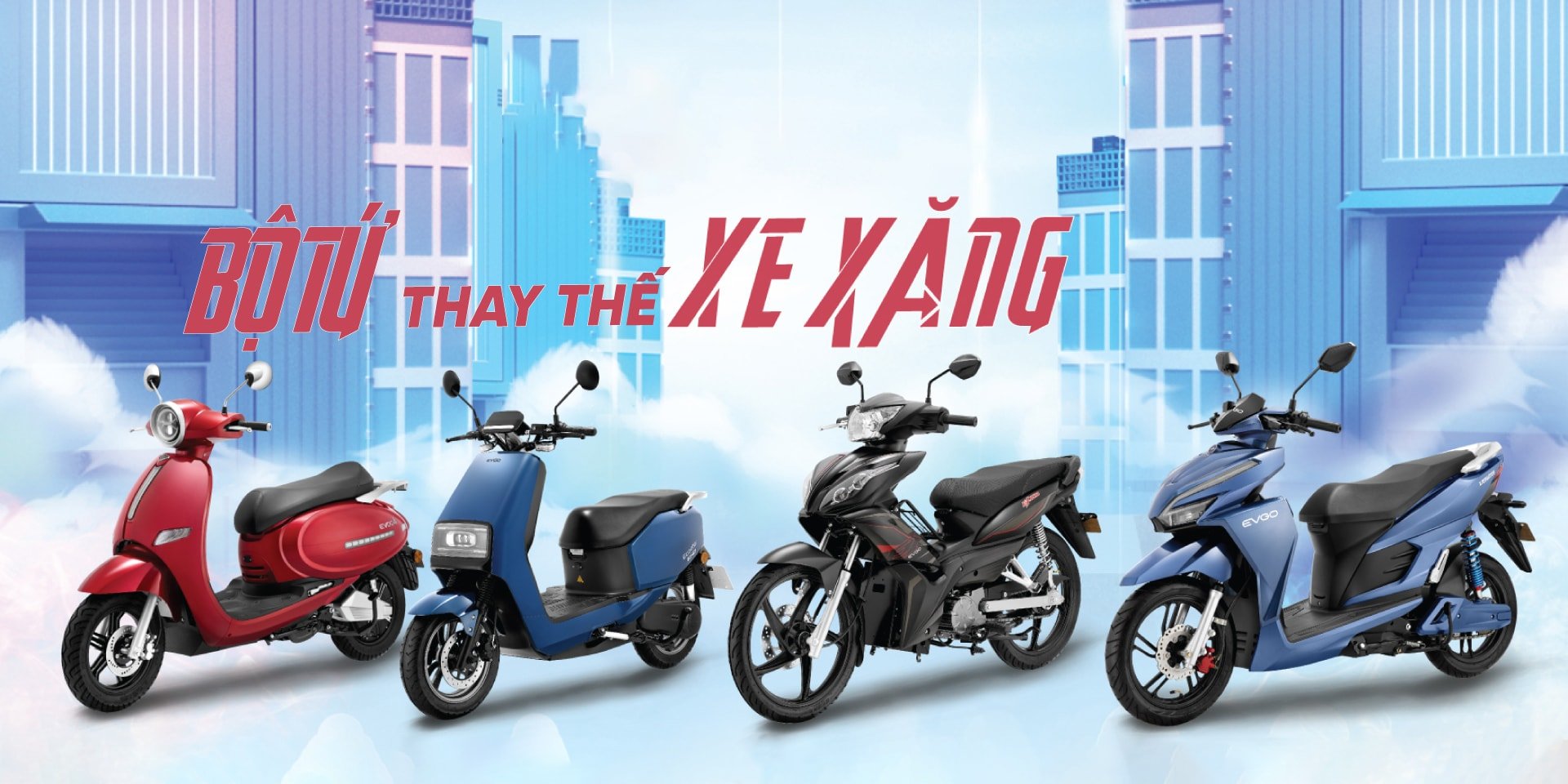
Solid-State Battery
Solid-state batteries are considered the "jewel" in the quest for maximum safety for electric vehicle batteries. Unlike traditional lithium-ion batteries that use flammable liquid electrolytes, solid-state batteries use solid materials instead, meaning there are no flammable materials inside. This not only eliminates the risk of leakage or explosion due to overheating and short circuits, but also brings a series of other outstanding advantages.
Anwa made a splash when it unveiled its GWh-class solid-state battery production line, claiming its products “will not burn or explode” even if pierced with a nail or heated to extremely high temperatures. Anwa aims to mass produce third-generation solid-state batteries with higher energy density by 2027.
Other major corporations are also actively implementing this technology. BYD and Chery plan to deploy solid-state batteries in their models in the coming years.
WeLion has teamed up with electric carmaker NIO to test the battery on the ET7 series from 2024. SAIC, GAC, and IM Motors plan to commercialize the first-generation solid-state battery in 2025–2026.
Notably, these batteries are not only safer, but also have a higher energy density of about 300–400 Wh/kg, allowing cars to travel further while remaining cool and stable. "Solid-state batteries are the next safety milestone. We are preparing for large-scale production before 2030," CATL representative shared at the Shanghai New Energy Forum 2025.
Sodium-ion Battery
While the energy density of lithium-ion batteries is not yet comparable to that of lithium-ion for all applications, sodium-ion (Na-ion) batteries stand out for their low cost and inherent safety features. With abundant sodium resources on Earth, they reduce the need for rare and expensive metals and have better thermal stability.
Unlike lithium, sodium does not react violently when exposed to air or water, making sodium-ion batteries virtually inflammable under normal use.
China is leading the way in commercializing sodium-ion batteries. HiNa Battery has supplied sodium-ion batteries for a large-scale energy storage system in Hubei. Starting in 2023, small electric vehicles such as JAC Hua Xianzi and Yadea scooters will start using sodium-ion batteries from manufacturers such as HiNa Battery and CATL.
Although the energy density is still limited (150-175 Wh/kg), this type of battery has good heat resistance, is stable in cold weather, has a charge-discharge cycle of more than 8000 times, and is especially cheaper than lithium-ion batteries.
BYD is building the world's largest Na-ion battery plant in Xuzhou and plans to widely apply this type of battery to microcars and electric motorcycles, where the distance requirement is not too high but cost and safety are priorities.
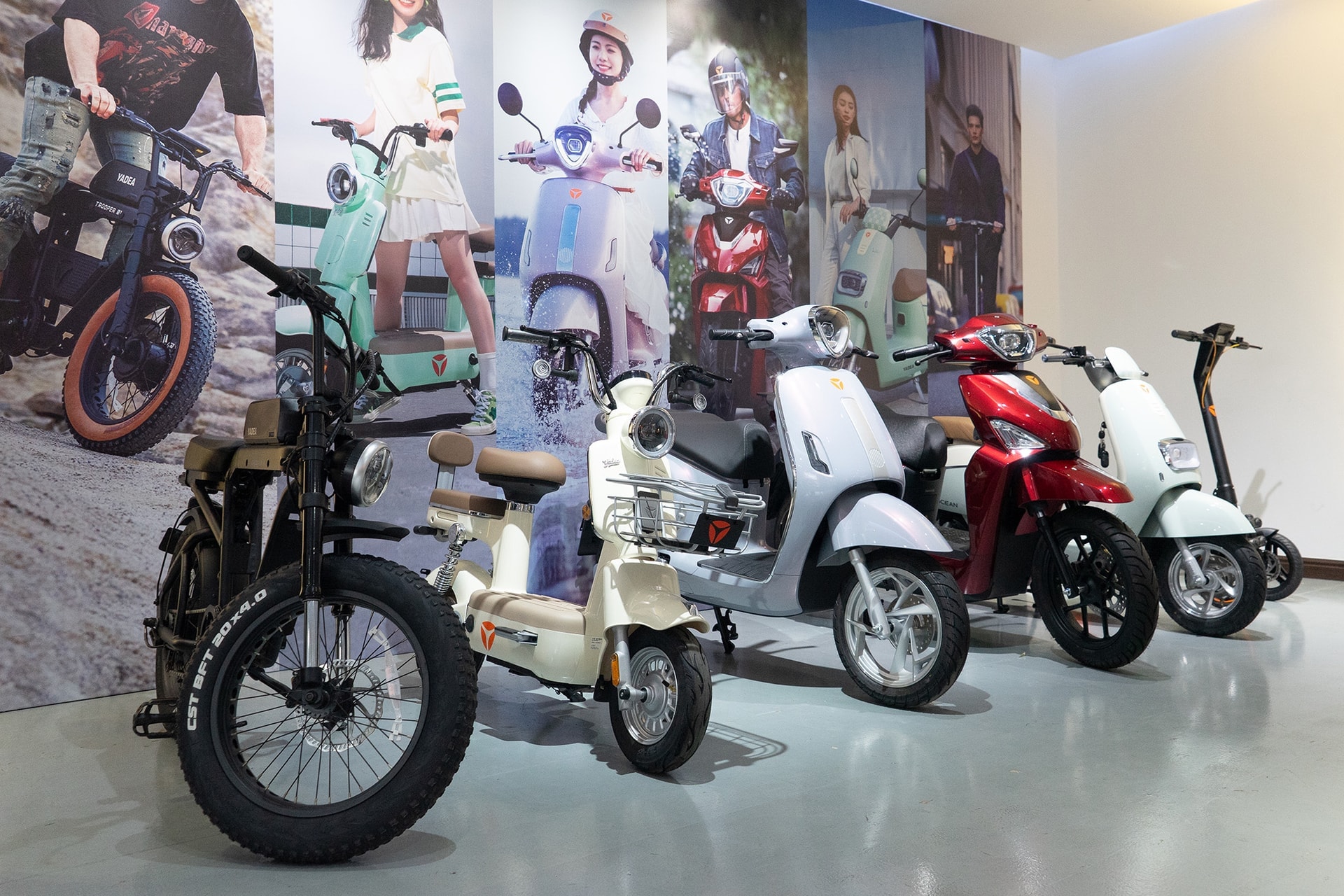
Improved LFP (Lithium Iron Phosphate) battery technology
LFP (Lithium Iron Phosphate) batteries have long been known for their safety and long life, thanks to their lack of nickel and cobalt. However, their low energy density has limited their use in high-end electric vehicles. Now, Chinese companies have overcome this barrier with revolutionary innovations.
For example, CATL, the world's largest battery manufacturer, has launched the Shenxing PLUS LFP battery with an incredible energy density, surpassing 200 Wh/kg (reaching 205 Wh/kg). This allows electric vehicles to travel more than 1,000 km on a single charge.
More importantly, the technology is optimized for ultra-fast charging (adding 600 km of range in just 10 minutes) while maintaining impressive battery life. The combination of new materials and structures not only increases performance but also maintains the inherent safety characteristics of LFP, making it a strong choice for both mainstream and premium electric vehicles.
Companies like BYD and XPeng are developing next-generation LFP batteries with nano-coating materials that increase thermal stability, cell-to-pack (CTP) designs that reduce the number of junctions – weak points that easily generate heat, and intelligent thermal management systems (BMS) that help detect abnormalities early.
Along with advances in battery technology, China is also strengthening its regulatory framework to ensure safety. A new, more stringent national safety standard for electric vehicle batteries, GB 38031-2025, will take effect on July 1, 2026.
This standard clearly states that the battery must be able to withstand uncontrolled thermal events without causing fire or explosion, and any fumes must not be hazardous to passengers for a specified period of time.
The fact that major manufacturers like CATL have achieved this certification shows the Chinese industry's strong commitment to consumer safety.
With huge investments in R&D and government push, China is constantly reshaping the electric vehicle battery industry.
The goal of “no fire, no explosion” is no longer a distant dream, but is gradually becoming a reality, promising a safer and more sustainable future of mobility for the whole world.
Source: https://baonghean.vn/dot-pha-moi-ve-xe-dien-loai-pin-xe-dien-khong-chay-no-sac-10-phut-chay-600km-10302519.html


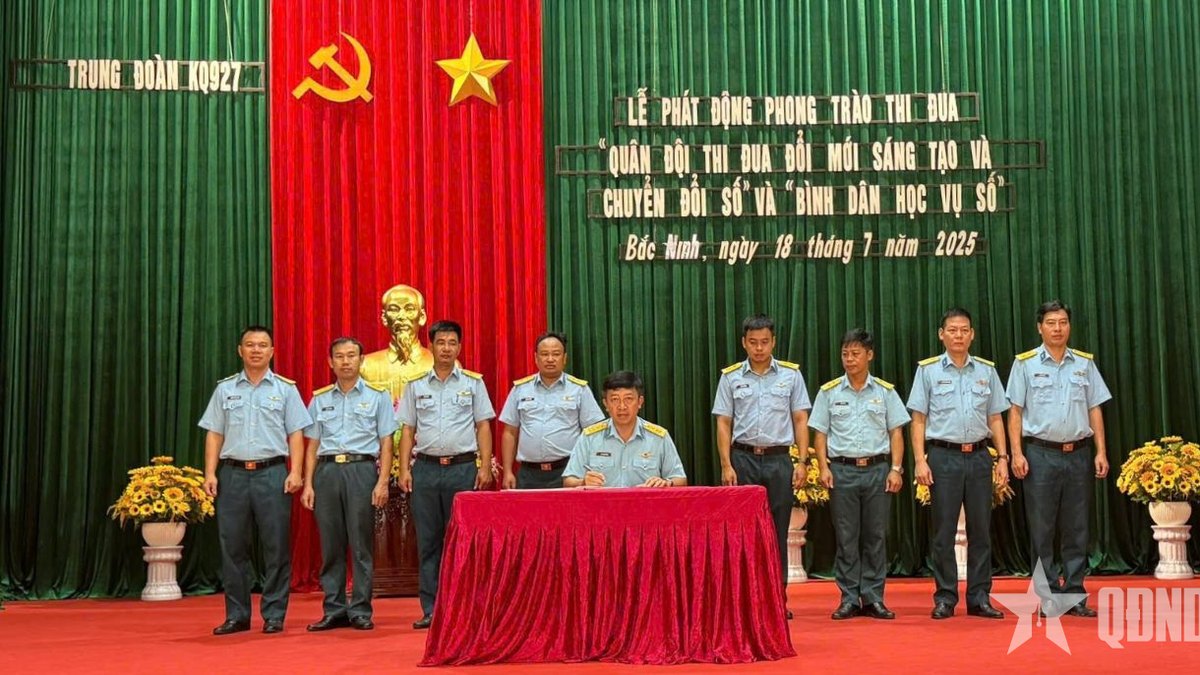
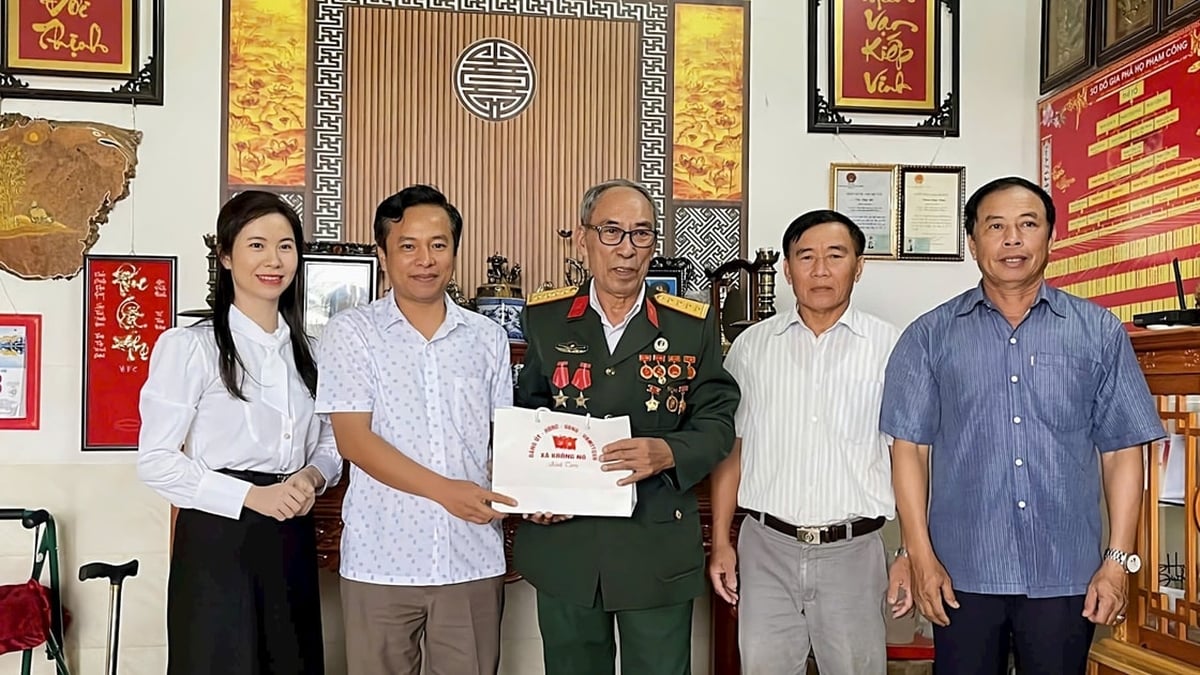

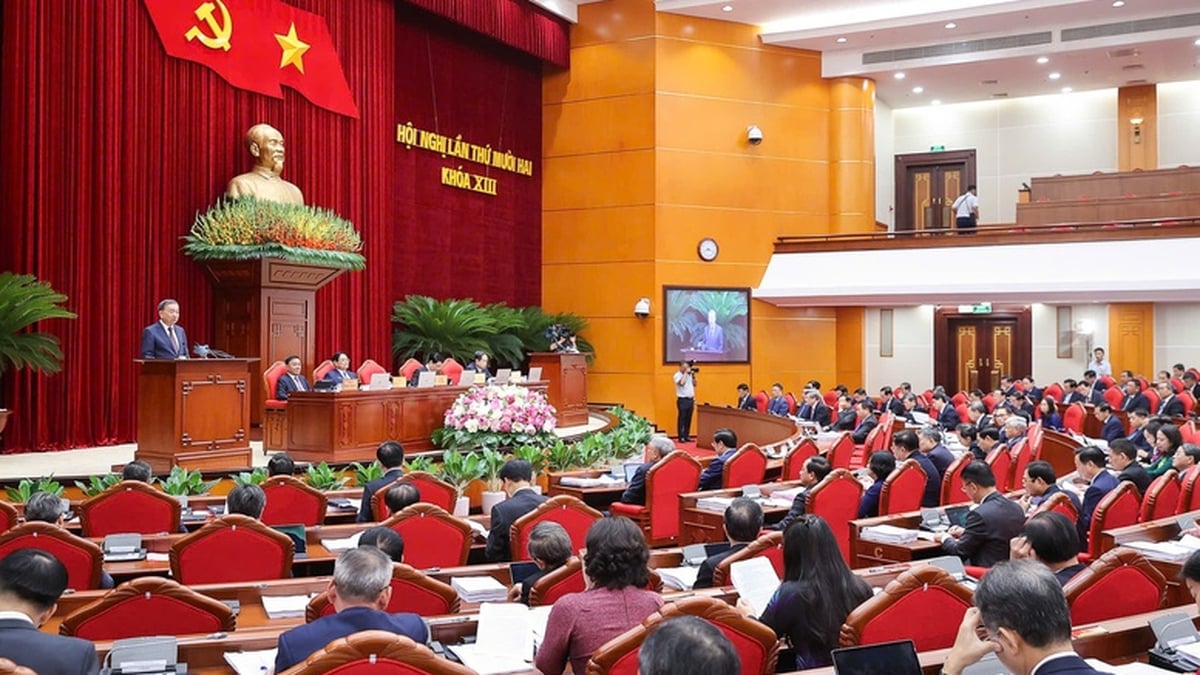
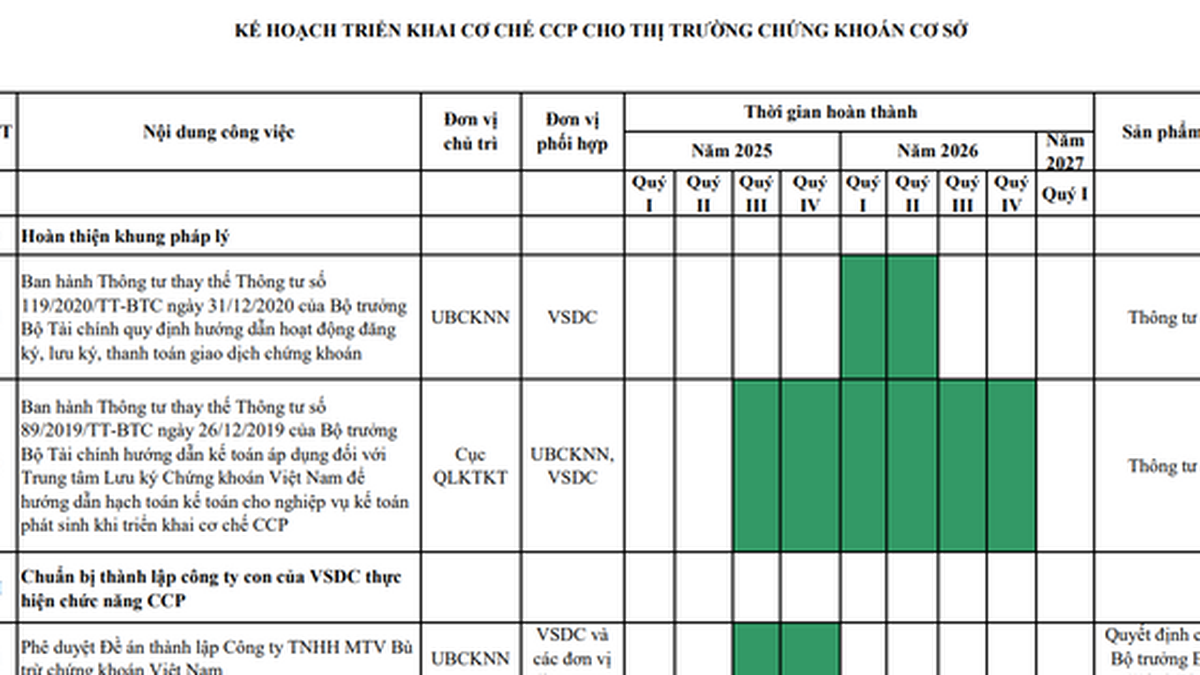
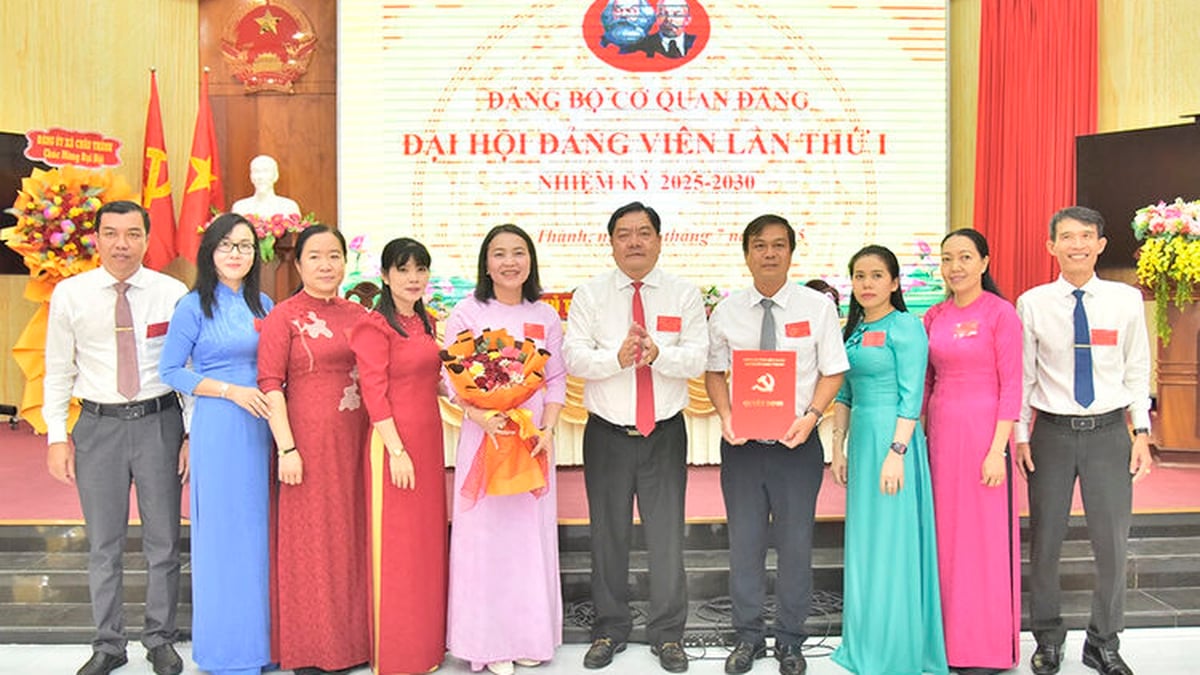

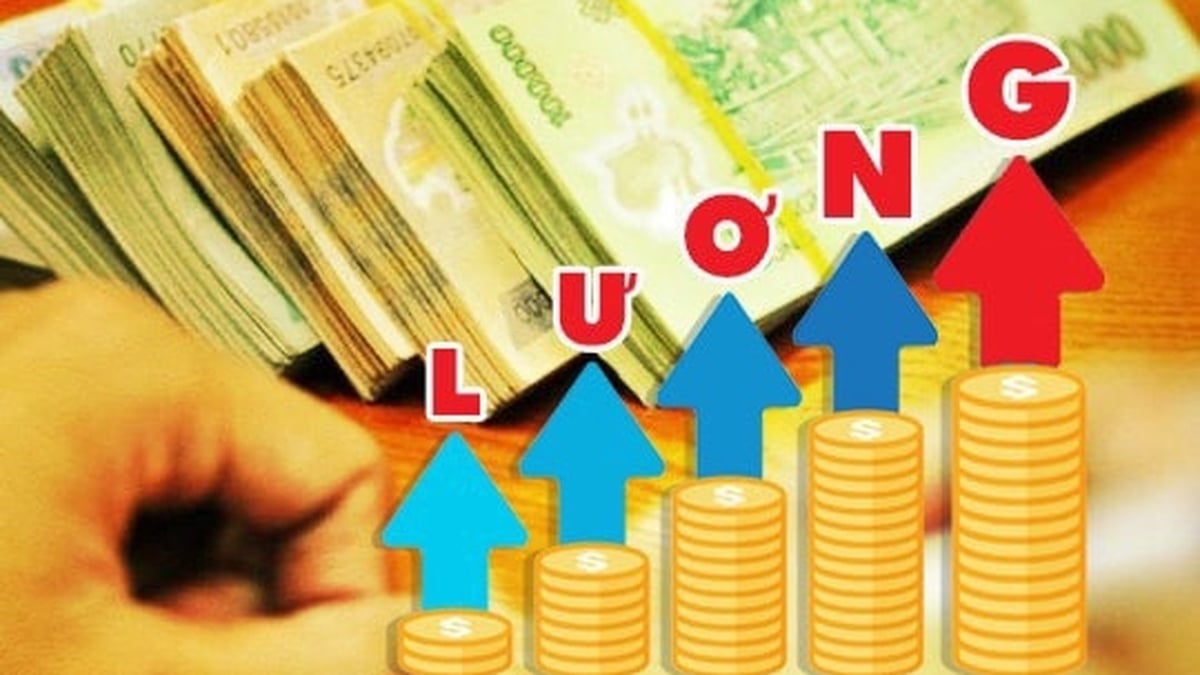

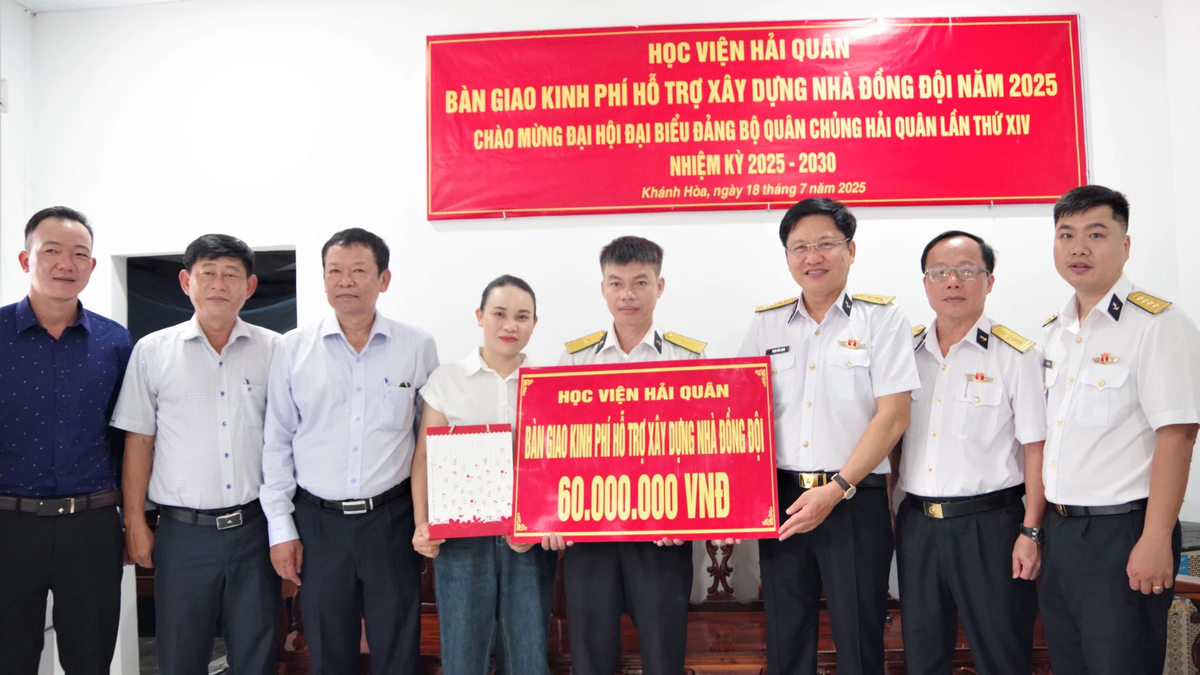








































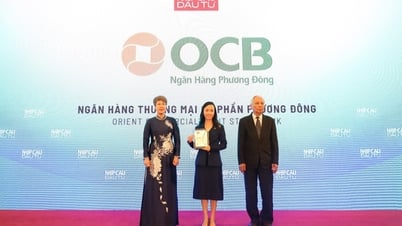

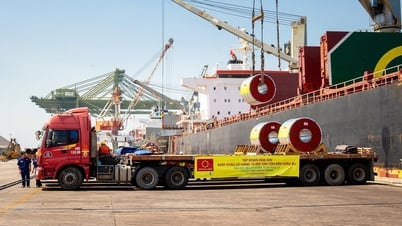

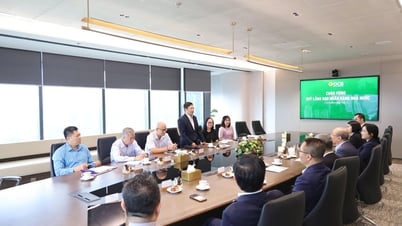
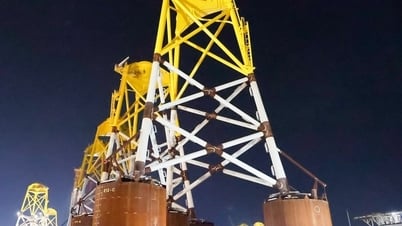
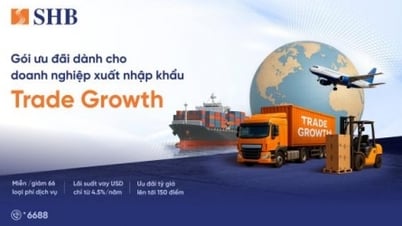

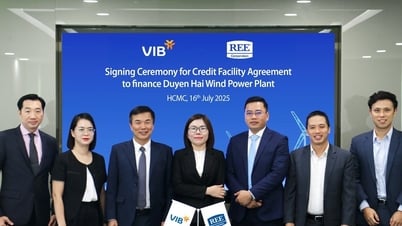

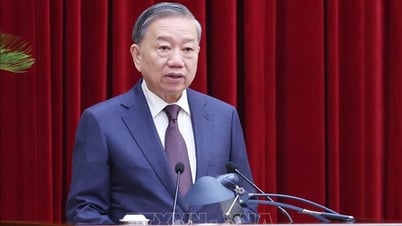

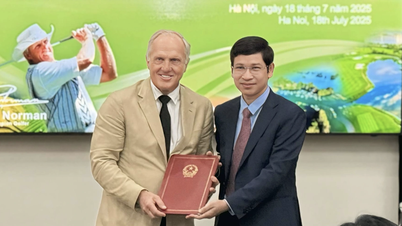

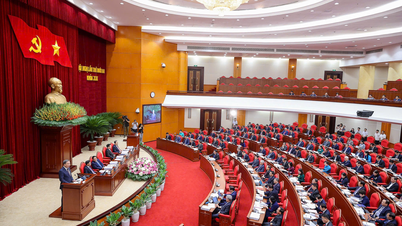




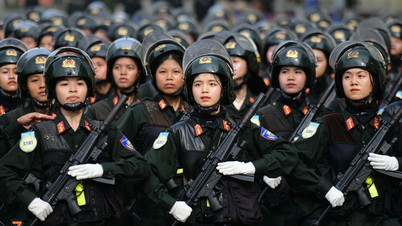
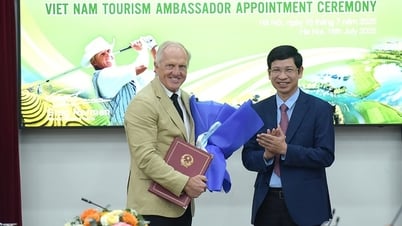



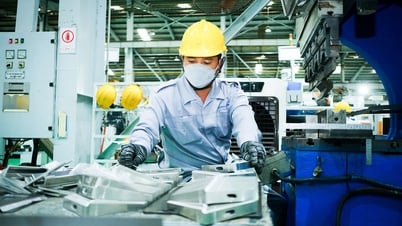

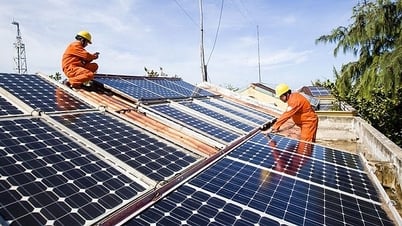
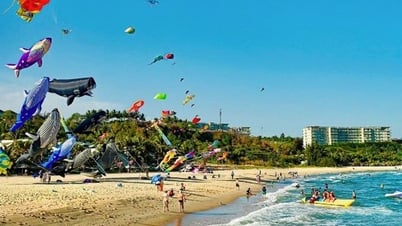








![[Infographic] In 2025, 47 products will achieve national OCOP](https://vphoto.vietnam.vn/thumb/402x226/vietnam/resource/IMAGE/2025/7/16/5d672398b0744db3ab920e05db8e5b7d)













Comment (0)